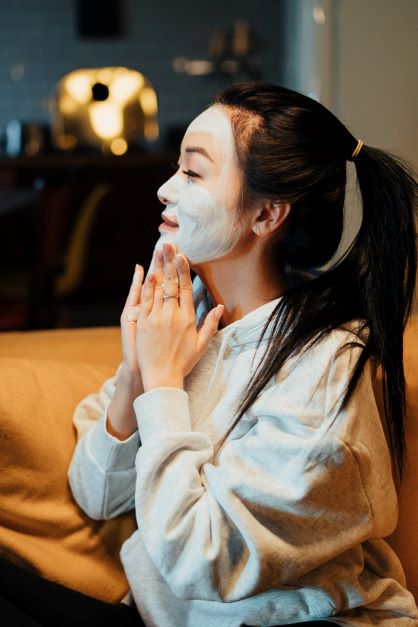Fans of DIY beauty often cite the overuse of chemicals as the primary reason for avoiding commercial beauty products. Understandably, people want clean, sustainable, and healthy products, especially when discussing items used on the skin. However, the matter gets complicated when talking about sunscreen.
Some advocates of the natural and DIY beauty movement disavow commercial sunscreen because of its dependence on chemicals. However, there is currently no DIY option considered safe or effective for personal use. According to several dermatologists, DIY methodologies can result in severe burns or a lack of UV protection — researchers found many formulas do not specify SPF protection. When tested, some recipes provided a sun protection factor of 2, well below the recommended SPF 30.
While DIY enthusiasts have legitimate objections to some ingredients in many popular sunscreen products, DIY options are not capable of protecting against UV rays. There are many reasons for DIY's failure to develop an adequate sunscreen replacement, but most experts agree on five.
1. Efficacy
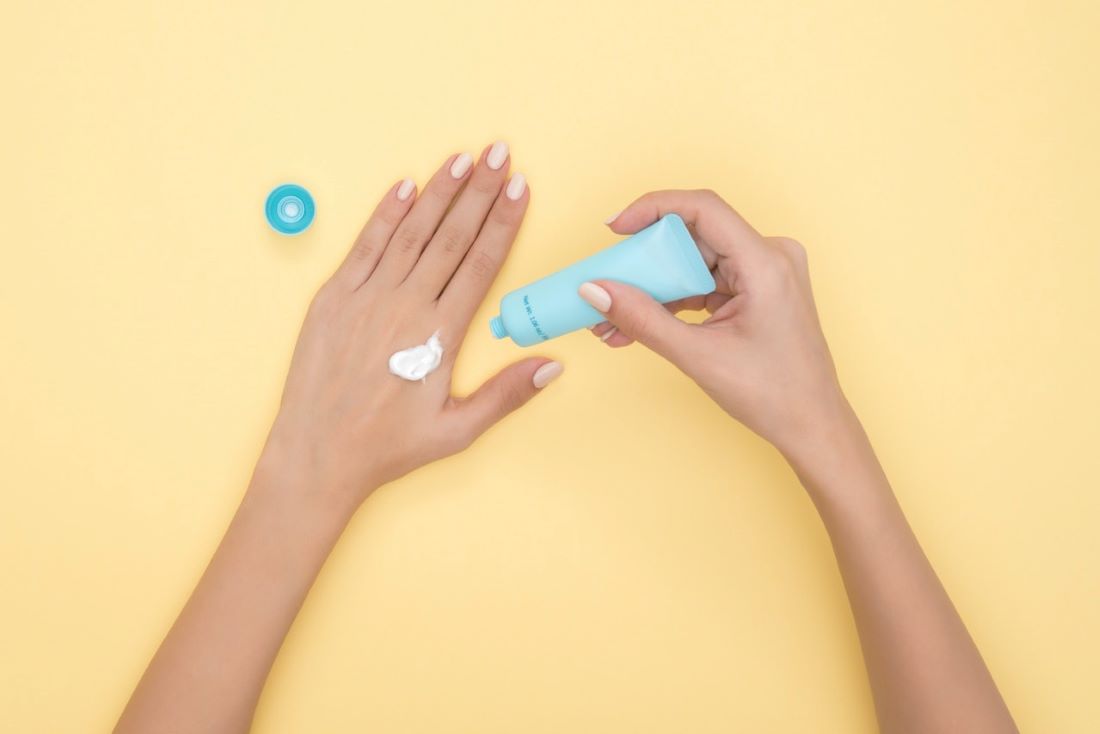
How long does a DIY sunscreen last, what is its SPF, and how do you know? The problem with most DIY sunscreen options is a lack of research or evidence to support their efficacy. It is impossible to understand the effectiveness of a formula without testing it in a laboratory.
Commercial sunscreens undergo vigorous testing to ensure they are effective on various skin types, weather conditions, and applications. Without lab tests, you cannot know how effective a DIY option is, and you will be hard-pressed to find DIY recipes with documented lab results and scientific support for SPF and coverage claims.
2. Time Effectiveness

SPF protects your skin against erythema, also known as sunburn. The strength of the SPF indicates how long you can stay in the sun before your skin begins to turn red. However, the skin change induced by solar radiation is not a flawless method for identifying SPF strength or timing effectiveness because erythema can occur between six to 24 hours after exposure.
Therefore, while some people believe you can test the strength and effectiveness of a DIY sunscreen by sitting in the sun and waiting to see a reaction, the process in and of itself is ineffective. The only way to understand the SPF value and strength of the formula is in a lab.
3. Formulation Challenge
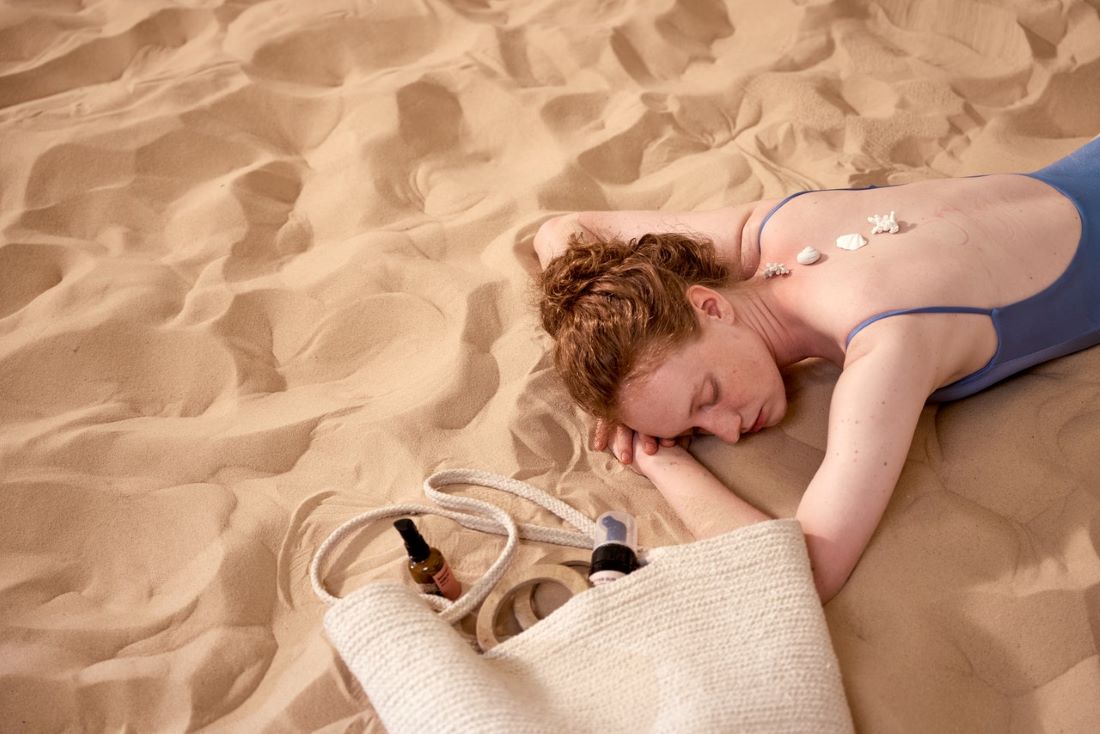
Even when a person finds an effective SPF carrier, all other ingredients in the sunscreen recipe affect the agent. Additionally, the SPF is further affected by the manufacturing process. Without a lab and rigorous testing, it is impossible to know if specific ingredients or methods dilute or bolster the SPF carrier.
4. Ingredient Stability
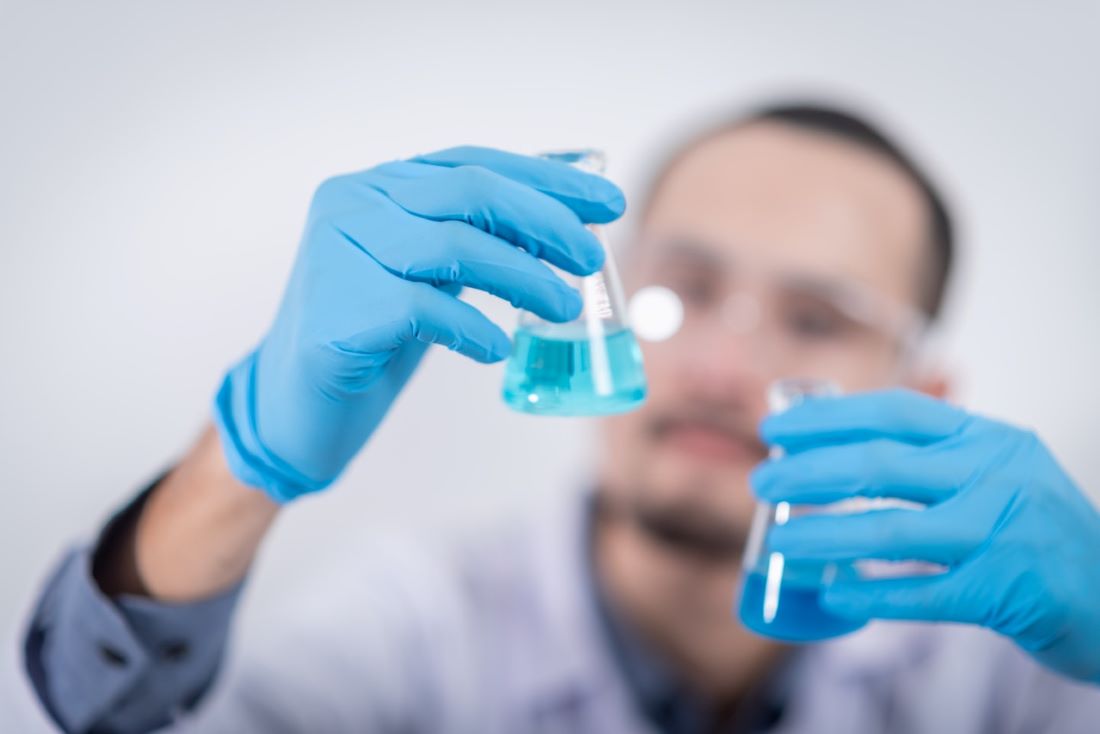
Stability is a complex issue when discussing sunscreen. A manufacturer must ensure that the products are stable with each other and photostable, meaning stable in the sun. On top of stability, concerns are concerns about degradation, oxidation, preservation, and clumping.
When sunscreen is not mixed precisely, it can become volatile or ineffective. Most DIY recipes are not built on the presence of consistency, effectively negating stability. Only a lab with the proper equipment can create an effective, stable sunscreen without presenting significant risks to the consumer.
5. Safety
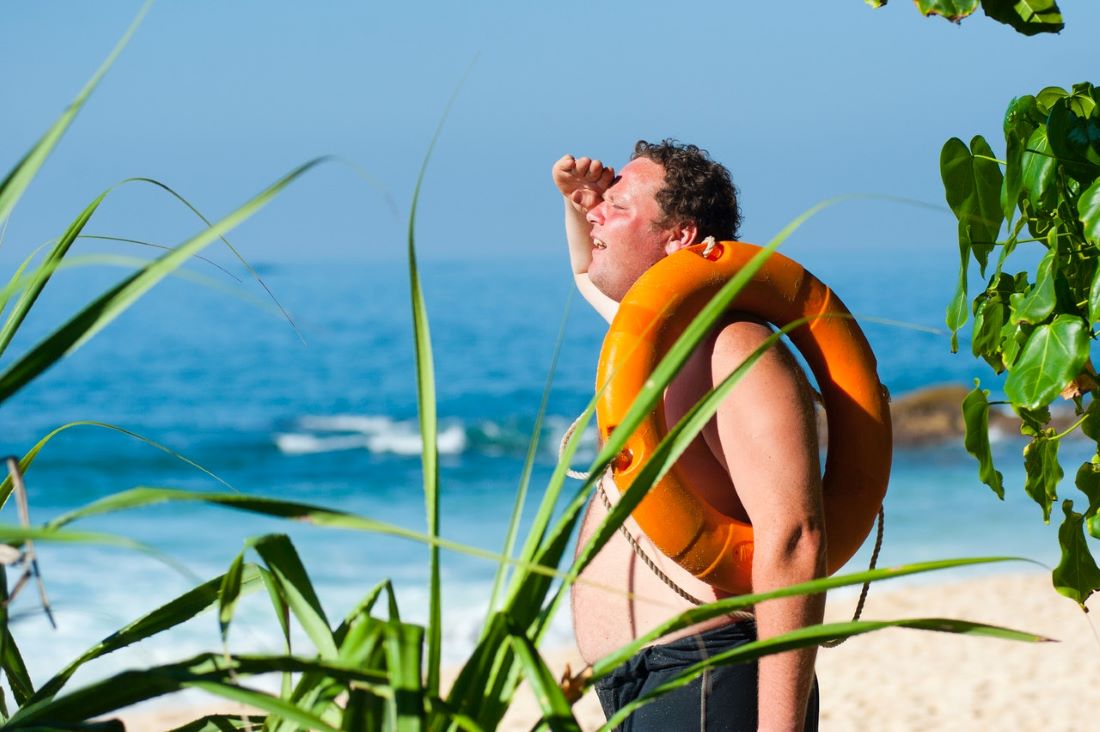
Safety is the primary concern when discussing DIY sunscreen options. The mix of the wrong chemicals can result in burns, and using ineffective recipes leaves people exposed to UV rays. Dependence on DIY sunscreens can lead to greater sun exposure and increased skin cancer risks.
Commercial sunscreen is the only viable, reputable, and effective sunscreen option. DIY options are untested, variable, and unsafe.

